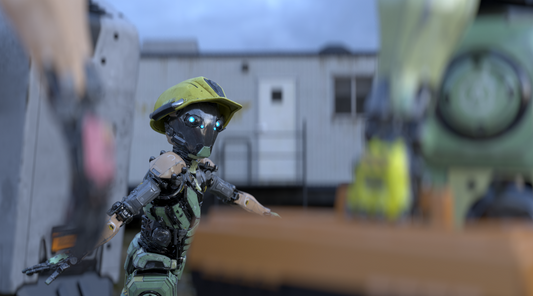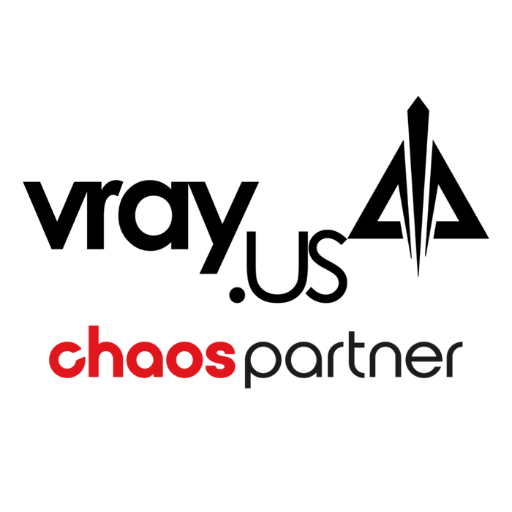V-Ray Community
Unveiling SketchUp 2024: A New Era of Design an...
SketchUp 2024 arrives with groundbreaking updates that not only enhance visual realism within the application but also introduce innovative features to boost your productivity and creativity. Whether you're a veteran...
Unveiling SketchUp 2024: A New Era of Design an...
SketchUp 2024 arrives with groundbreaking updates that not only enhance visual realism within the application but also introduce innovative features to boost your productivity and creativity. Whether you're a veteran...

What's New in Maya 2025: A Comprehensive Guide
The release of Maya 2025 brings a slew of innovative features and updates that are set to redefine the landscape of 3D modeling, rigging, and character animation. In this detailed...
What's New in Maya 2025: A Comprehensive Guide
The release of Maya 2025 brings a slew of innovative features and updates that are set to redefine the landscape of 3D modeling, rigging, and character animation. In this detailed...
Introduction to Enscape 4.0
Enscape stands out as a cutting-edge real-time rendering and virtual reality plugin, tailor-made for professionals in architecture, engineering, and construction (AEC) industries. It seamlessly integrates with popular design software like...
Introduction to Enscape 4.0
Enscape stands out as a cutting-edge real-time rendering and virtual reality plugin, tailor-made for professionals in architecture, engineering, and construction (AEC) industries. It seamlessly integrates with popular design software like...

Introducing Chaos Vantage 2, Update 3: A Leap F...
Chaos Vantage, the groundbreaking tool known for transforming 3D scenes into real-time experiences without the need for complex setups or powerful hardware, has just launched its latest version - Vantage...
Introducing Chaos Vantage 2, Update 3: A Leap F...
Chaos Vantage, the groundbreaking tool known for transforming 3D scenes into real-time experiences without the need for complex setups or powerful hardware, has just launched its latest version - Vantage...
Exploring The Different License Types on Vray.us
Curious about the variety of license types available for your favorite 3D applications? Whether you are interested in a floating license of Enscape, Free Trial of V-Ray, Educational license for...
Exploring The Different License Types on Vray.us
Curious about the variety of license types available for your favorite 3D applications? Whether you are interested in a floating license of Enscape, Free Trial of V-Ray, Educational license for...
VisualARQ3 Beta: Level Up Your BIM Workflow wit...
Architects and designers, rejoice! The highly anticipated VisualARQ3 Beta is finally here, and it's packed with groundbreaking features that will dramatically enhance your BIM workflow and unleash your design potential....
VisualARQ3 Beta: Level Up Your BIM Workflow wit...
Architects and designers, rejoice! The highly anticipated VisualARQ3 Beta is finally here, and it's packed with groundbreaking features that will dramatically enhance your BIM workflow and unleash your design potential....
